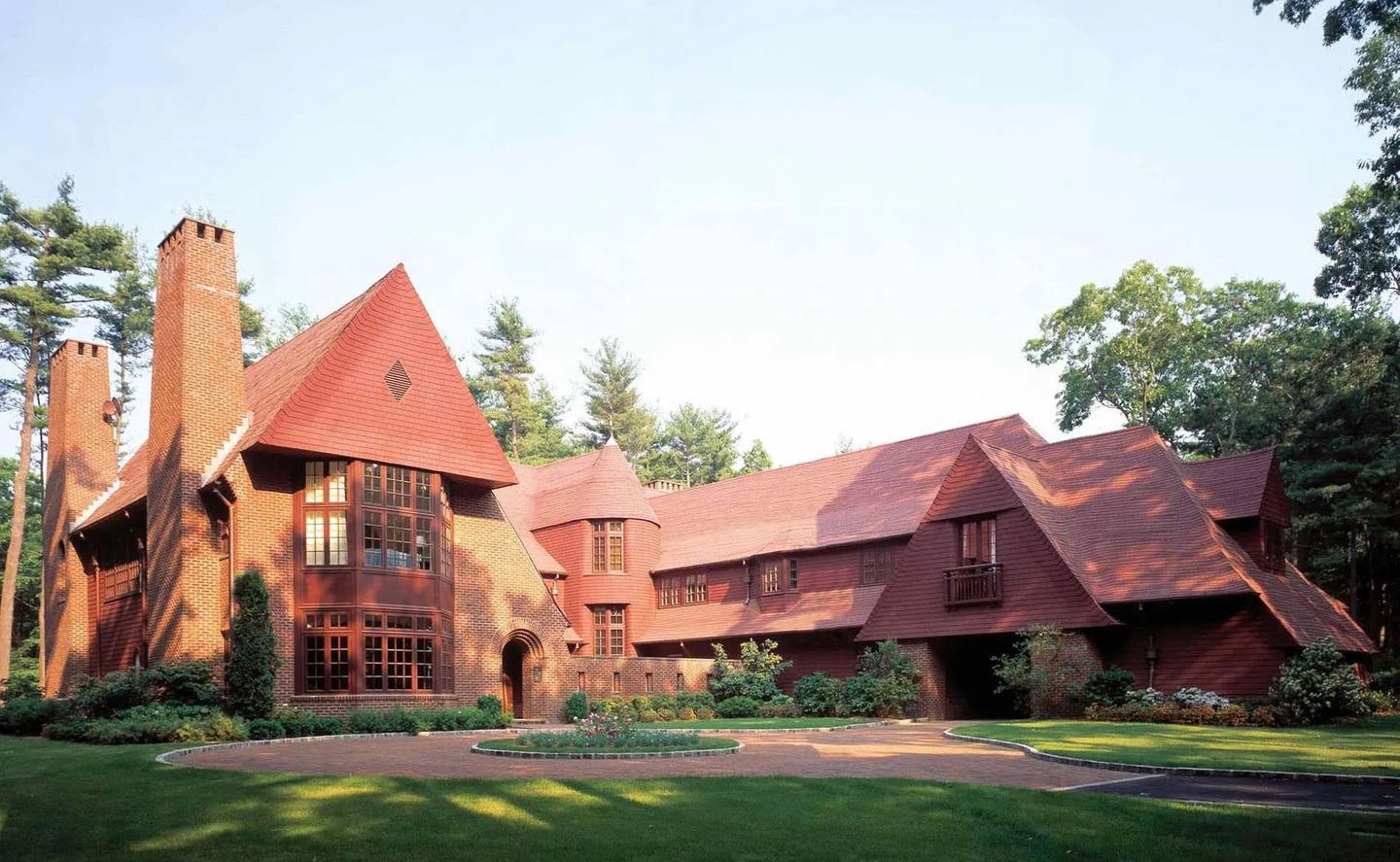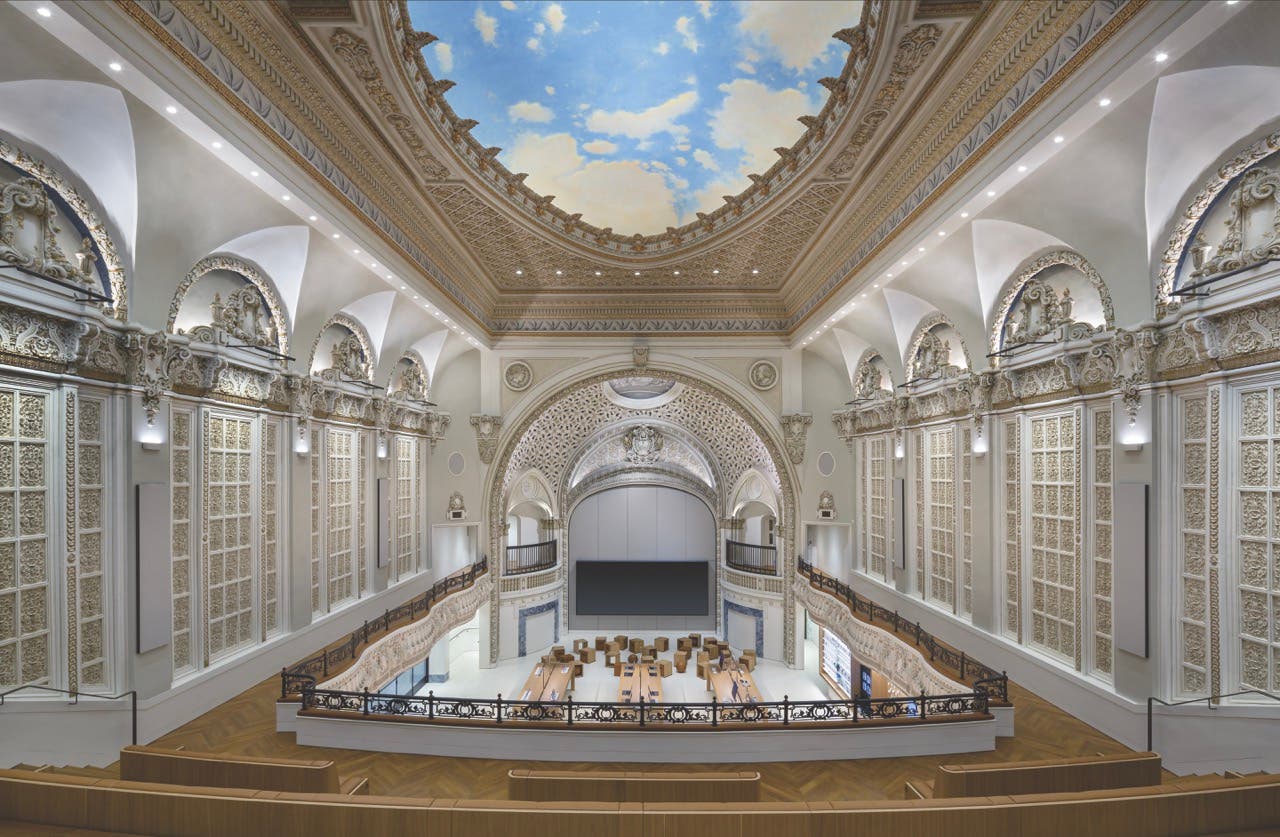
Peter Miller
Summer Reading
I was on a Fourth of July vacation this summer, relaxing on the New England Coast, when I read Tom Kligerman’s new book Shingle and Stone. I was a stone’s throw away from several Shingle Style houses, when I read on page 17, “A house should be much more than just a shelter . . . it is a declaration of independence.”
Maybe it’s because I vacation in a shingle-clad house, or that I have lived in two different shingle houses growing up, that I am partial to the Shingle Style. I paid $80 for Kligerman’s book without batting an eye, the second book of Tom Kligerman’s I’ve bought.
Or maybe it’s because Tom Kligerman has struck out on his own, an amicable parting with his partners Ike and Barkley. I wanted to see his new ship launch, so I bought his book and promised to write about it.
Shingle and Stone presents Kligerman’s work, of course, with an explanation for why he designs the way he does. In the first chapter, titled “American Inspiration,” he says “The history of American buildings, of American taste, has been influenced by so many other cultures, brought here by seekers of a new home in a place free from the conventions and strictures of their roots. . . . all these influences have trickled down into the melting pot that is American taste—and to be honest, I love them.”
Now read the next 10 chapters, 275 pages, and see what the author is talking about. In a heavy-stock paper, hardcover Monacelli masterpiece, he shows us shingle and stone examples of houses from Seattle to Sagaponack, Brookville to Bridgehampton, each more luscious than the last, with traditional forms that twist ever so slightly to be original. My favorite “original” design is “Origami,” on pages 120 to 139. It is the smallest building in his collection, a guest house, with diamond-pane windows and a shaped and folded gable that “suggests a traditional samurai helmet.” About this little folly Kligerman writes, “Nothing about the exterior is straight. The lower floor walls tilt back while flaring out over the stone foundation, as if the house is being stretched by tent pegs.”
Like many of our esteemed readers, Tom Kligerman was classically trained. But he applies classicism in new ways that show how contemporary architecture starts with the fundamentals and evolves into something fresh. Even his more modern, minimalist design is made more traditionally warm by his use of materials, not just shingle and stone on the outside but also highly crafted wood, metal, tile, and stone on the inside.
My next-favorite project in the book is a brick-red house in Brookville, pages 18 to 35 called “Woodland Red.” The house is “steeped in architectural precedent,” but not just one. The author admits this design is inspired by five different architects’ work, but the prevailing look and feel is English Arts and Crafts (Sir Edward Lutyens). The red brick and red terra cotta roof pops, like a knock-out red rose amidst its green leaves.
I have heard traditional design criticized for its lack of originality. I have debated the topic of architecture of its time versus architecture of its place. I like what this book says in the “American Inspiration” chapter, which quiets the debate, “The architects of the past that we most admire are those who have twisted tradition in order to reinvent it, to make it new again.”
My next favorite project in the book is a brick-red house in Brookville, pages 18-35 called “Woodland Red.” The house is “steeped in architectural precedent,” but not just one. The author admits this design is inspired by five different architect’s work, but the prevailing look and feel is English Arts and Crafts (Sir Edward Lutyens). The red brick and red terra-cotta roof pops, like a knock-out red rose amidst its green leaves.
I have heard traditional design criticized for its lack of originality. I like what this book says in the “American Inspiration” chapter, which quiets the debate, “the architects of the past that we most admire are those who have twisted tradition in order to reinvent it, to make it new again.”
- Format: Hardback
- Size: 10 1/4 × 12 1/2 in
- Pages: 280 pp
- ISBN: 9781580936040
Peter H. Miller, Hon. AIA, is the publisher and President of TRADITIONAL BUILDING, PERIOD HOMES and the Traditional Building Conference Series, and podcast host for Building Tradition, Active Interest Media's business to business media platform. AIM also publishes OLD HOUSE JOURNAL; NEW OLD HOUSE; FINE HOMEBUILDING; ARTS and CRAFTS HOMES; TIMBER HOME LIVING; ARTISAN HOMES; FINE GARDENING and HORTICULTURE. The Home Group integrated media portfolio serves over 50 million architects, builders, craftspeople, interior designers, building owners, homeowners and home buyers.
Pete lives in a classic Sears house, a Craftsman-style Four Square built in 1924, which he has lovingly restored over a period of 30 years. Resting on a bluff near the Potomac River in Washington, D.C., just four miles from the White House, Pete’s home is part of the Palisades neighborhood, which used to be a summer retreat for the District’s over-heated denizens.
Before joining Active Interest Media (AIM), Pete co-founded Restore Media in 2000 which was sold to AIM in 2012. Before this, Pete spent 17 years at trade publishing giant Hanley Wood, where he helped launch the Remodeling Show, the first trade conference and exhibition aimed at the business needs and interests of professional remodeling contractors. He was also publisher of Hanley Wood’s Remodeling, Custom Home, and Kitchen and Bath Showroom magazines and was the creator of Remodeling’s Big 50 Conference (now called the Leadership Conference).
Pete participates actively with the American Institute of Architects’ Historic Resources Committee and also serves as President of the Washington Mid Atlantic Chapter of the Institute of Classical Architecture & Art. He is a long-time member of the National Trust for Historic Preservation and an enthusiastic advocate for urbanism, the revitalization of historic neighborhoods and the benefits of sustainability, including the adaptive reuse of historic buildings.









